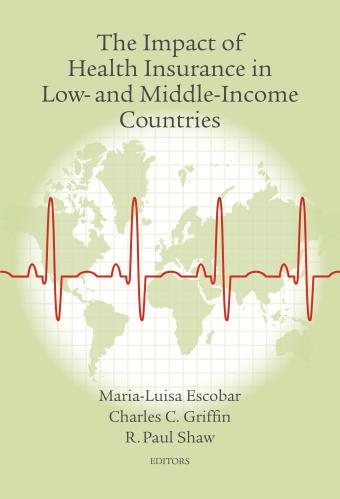Studies in this week’s Hutchins Roundup find that living standards vary significantly across states, macroprudential policies reduce the likelihood of banking crises, and more.
Want to receive the Hutchins Roundup as an email? Sign up here to get it in your inbox every Thursday.
Improvements in living standards across U.S. states have varied significantly
Elena Falcettoni and Vegard M. Nygaard of the Federal Reserve Board compare living standards across U.S. states using a measure that accounts for consumption, mortality, education, income inequality, and cost-of-living differences. They find significant disparities in living standards across states, but less than disparities in per-capita income would suggest. For example, in 2015, income per-capita was 30 percent lower in South Dakota than in Connecticut, the highest per-capita income state, but welfare was only 3 percent lower, according to the authors’ measure. The exceptions to this finding are several states in the South that rank lower in terms of living standards than they do in per-capita income. Furthermore, while living standards rose in every state between 1999 and 2015, the rate of improvement varied significantly, ranging from an annual average of 1.4 percent in New Mexico to 3.8 percent in North Dakota. Differences in the rate of life expectancy improvement account for about half of this variation, while differences in changes in consumption and educational attainment account for most of the rest.
Macroprudential policies prevent banking crises, but hurt economic growth
Macroprudential policies are used to build resilience in the financial system against potentially destabilizing vulnerabilities—such as excessive leverage and low liquidity buffers. Using data from over 100 countries from 2000 to 2017, Mohamed Belkhir of the International Monetary Fund and coauthors find that activating an additional macroprudential instrument (e.g., countercyclical capital buffer, leverage ratio, loan-to-value ratio, etc.) directly lowers the probability of a systemic banking crisis by 7.3 percentage points on average; it also has an indirect effect, however, lowering economic growth by 0.24 percentage point. Slower economic growth can destabilize the financial system because nonperforming loans, which typically increase during slowdowns, hurt the banking sector. But the stabilizing effect of macroprudential policies outweigh the destabilizing effects, the authors conclude, so these policies have a net positive effect on financial stability.
Lifting of lockdown restrictions has led to small increases in mobility
Most states have begun to lift COVID-19 related lockdowns. Thuy D. Nguyen from Indiana University and coauthors use data from cell phones to track individual responses to the epidemic in connection with changes in state policies. They find that mobility has increased in most states since mid-April, but the resurgence is small relative to the earlier decline during the lockdown period in mid-March. Looking at the causal effects of reopening policies, they find that the largest increases in mobility occurred in states that were late to adopt closure policies, such as South Carolina, Arkansas, and Georgia, suggesting that the closure policies were a more binding constraint on mobility in those states. Most of the rise in mobility reflects an increase in the variety of venues people visit rather than the proportion of people leaving their homes.
Chart of the week:
Quote of the week:
“[R]ight now, I don’t see this as at all inflationary. The efforts that we’ve taken to provide liquidity in the markets, and providing provision of credit to households, businesses and state, local governments, are really to fill in for a gap or a hole that was created by the pandemic and the shutdown that has occurred over the past few months,” says John Williams, Chief Executive Officer of the Federal Reserve Bank of New York.
“So if you think about it in terms of supply and demand, and I’m an economist, so that’s the way I do think about things, we’ve seen a huge decline in the supply side of the economy and also the demand side. So what we’re doing really is not trying to stimulate the economy … to push it to be really strong, but really trying to hold the economy together today, limit the spillovers to the broader economy and put us on a really strong footing. Once the pandemic is behind us, the economy can get going.
So right now, in fact, my concerns are really that inflation’s probably going to be lower than we’d like to see, because we’ve already seen this in the most recent data. The economy’s demand for goods and services is weak. People, businesses are uncertain about the future. So if anything, I see inflation trends right now running a little lower than we want. And that’s another reason why we have to do everything we can to get this economy back to full strength as soon as feasible.”












Commentary
Hutchins Roundup: Living standards, macroprudential policies, and more
May 28, 2020